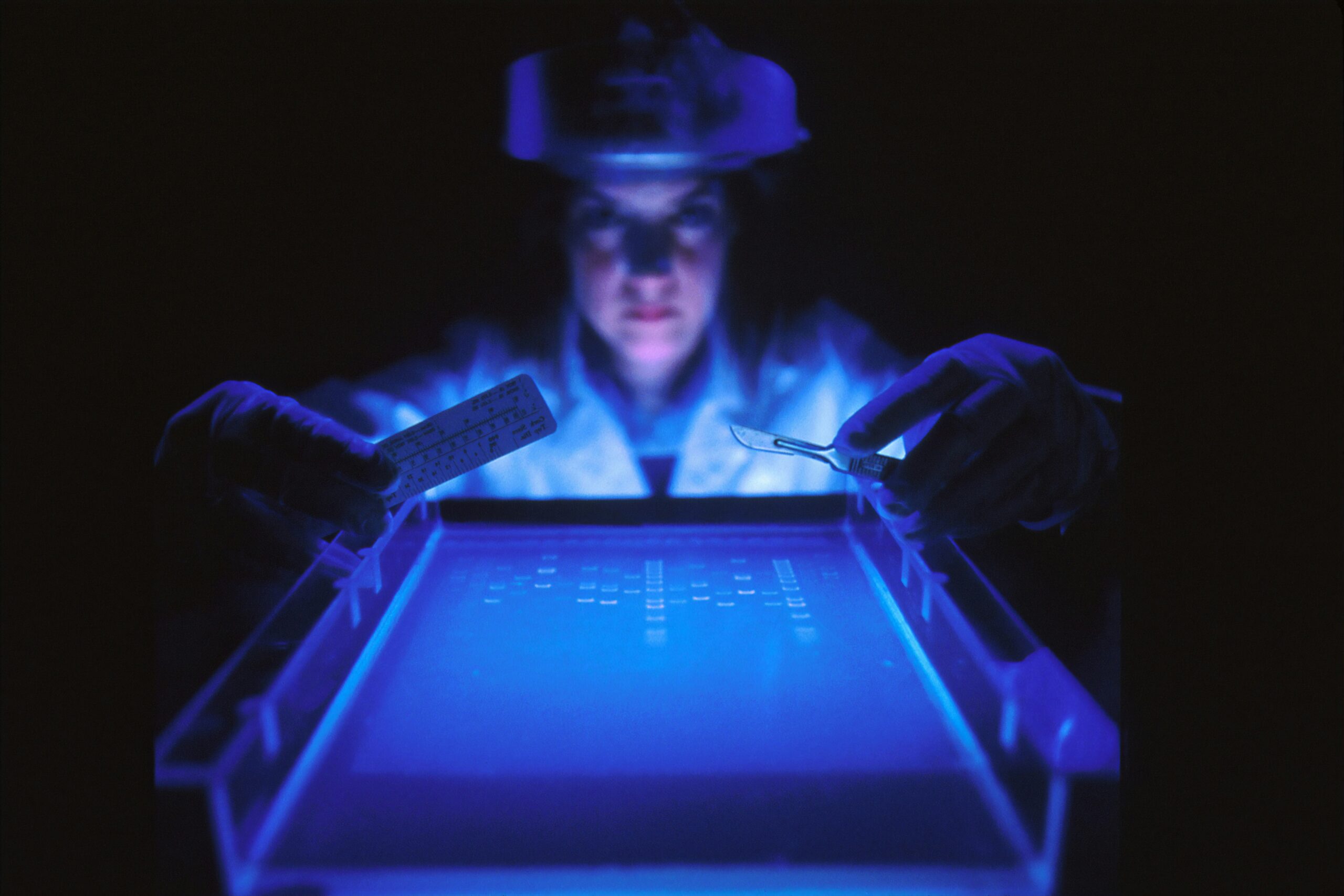The efficacy of CAR-T cells in ablating solid tumors is significantly impeded by the densely packed tumor extracellular matrix (ECM). This physical barrier severely restricts CAR-T cell infiltration within the tumor, thereby inhibiting their immunogenicity and antitumor response. While combining CAR-T with hyaluronidase (HAase) to reduce ECM is apparent, the efficacy is limited because of low accumulation and penetration efficiency of HAase inside the tumor tissue.
A team of material scientists led by Xuesi Chen from Key Laboratory of Polymer Ecomaterials at Changchun Institute of Applied Chemistry recently present a HAase-loaded nanogel (H-NGs)-armed CAR-T cell inspired by metabolic oligosaccharide engineering (MOE) and the intelligently-designed nanogel developed in our previous work. HAase was encapsulated within H-NGs during the cross-linking of supramolecular polymer chains based on the host-guest interaction between adamantane (Ad) and cyclodextrin (CD). The Ad groups were anchored on α, β-poly(N-hydroxyethyl)-L-aspartamide (PHEA) backbones using a thioketal (TK) linker, which would cleave in a high ROS expressing TME. H-NGs were conjugated on the surface of metabolic oligosaccharide engineered CAR-T cells via click chemistry to hitchhike into TME, followed by release of HAase at high ROS concentration. Precisely released hyaluronidase degraded tumor stroma, improved CAR-T cell infiltration and enhanced solid tumor suppression.
The team published their work in Nano Research on April 15, 2025.
“In this study, we report a stimuli-responsive HAase-loaded nanogels (H-NGs) which are conjugated on the surface of CAR-T cells for synergistically improving HAase accumulation, ECM degradation and CAR-T cell efficacy. The conjugation of H-NGs on the T cell surface was achieved through metabolic oligosaccharide engineering (MOE) in a semi-quantitatively controlled manner. Intravenous injection of H-NGs armed CAR-T cells resulted in more ECM degradation than co-injection of CAR-T cells and free H-NGs, leading to an 83.2% tumor inhibition rate and relieves tumor suppressive microenvironment in the Raji solid tumor model.” said Xuesi Chen, professor in Changchun Institute of Applied Chemistry. Dr. Chen is also the Chinese Academy of Sciences.
Many studies have shown that hyaluronidase (HAase) is an excellent tool for breaking down the physical barrier of tumors to improve the efficacy of solid cancer treatment. To endow HAase with specific delivery and avoidance of clearance in blood, they are often combined with nanotechnology for therapeutics. Unfortunately, the main distribution of nanoparticles around tumor vasculature usually limits the interaction of these stimuli-responsive nanoparticles with complex physiological environments (such as pH and reactive oxygen species (ROS)) in tumors, thus affecting their delivery efficiency within tumors.
“Given that CAR-T cells inherently possess the capability for tumor trafficking, it is conceivable to conjugate HAase-loaded nanoparticles onto the surface of these ‘living vehicles’. CAR-T cells would persistently transport the nanoparticles into regions distant from tumor vasculature, where in turn the specifically released HAase would degrade ECM which further augment the tumor infiltration of CAR-T cells. The two processes synergistically facilitate the complete eradication of solid tumors.” Xuesi Chen said.
To conjugate nanogels on the cell surface, per-O-acetylated N-azidoacetylmannosamine (Ac4ManNAz) was selected as the agent for MOE. As an azido-mannose derivative, Ac4ManNAz exhibits inertness towards biological functions but demonstrates reactivity with specific reagents such as phosphines and alkynes, which are not found in most biological systems. Therefore, it is suitable for cell surface engineering. Besides, the thioketal linker (TK-linker) was introduced into H-NGs. In the TME characterized by high ROS expression, the TK-linker would undergo cleavage as the research team previously reported, leading to the disassembly of H-NGs and the subsequent release of the encapsulated drugs. Concurrently, the PBA group degrades under elevated ROS conditions, further facilitating the release of the loaded proteins. These two designs ensured precise and efficient pseudo-autocrine delivery of HAase on the surface of CAR-T cells.
The research team expects that the study will successfully construct an intelligent delivery system based on supramolecular interactions, which will provide important technical support and theoretical basis for enhancing the therapeutic effect of CAR-T cell solid tumors. “The degradation of ECM mediated via HAase improved CAR-T cell infiltration and weakened immunosuppressive TME, thereby augmenting the therapeutic effect of CAR-T cells on solid tumors. The proteomic analysis provided a comprehensive understanding of the mechanism by which CAR-T cells modified with H-NGs achieved superior efficacy against solid tumors. This strategy provides a highly effective combination therapy for CAR-T cells against solid tumors and opens up a new dimension of drug delivery pattern for degrading ECM.” said Xuesi Chen.
Other contributors include Wantong Song, Hanqin Zhao, Yuxi Gao, Sheng Ma, Xinghui Si, Yibo Qi, Zichao Huang, Yu Zhang from the Key Laboratory of Polymer Ecomaterials at Changchun Institute of Applied Chemistry; Lingyu Li from the Key Laboratory of Organ Regeneration and Transplantation of Ministry of Education at Jilin University; Jiaxuan Li and Tianmeng Sun from the Key Laboratory of Organ Regeneration and Transplantation of Ministry of Education at Jilin University.
About Nano Research
Nano Research is a peer-reviewed, open access, international and interdisciplinary research journal, sponsored by Tsinghua University and the Chinese Chemical Society, published by Tsinghua University Press on the platform SciOpen. It publishes original high-quality research and significant review articles on all aspects of nanoscience and nanotechnology, ranging from basic aspects of the science of nanoscale materials to practical applications of such materials. After 18 years of development, it has become one of the most influential academic journals in the nano field. Nano Research has published more than 1,000 papers every year from 2022, with its cumulative count surpassing 7,000 articles. In 2024 InCites Journal Citation Reports, its 2024 IF is 9.0 (8.7, 5 years), and it continues to be the Q1 area among the four subject classifications. Nano Research Award, established by Nano Research together with TUP and Springer Nature in 2013, and Nano Research Young Innovators (NR45) Awards, established by Nano Research in 2018, have become international academic awards with global influence.
